It's been five years and a heck of a journey from being a non-programmer to becoming an associate software engineer at Red Hat. It's a story worth telling—not because I have achieved a lot, but because of so much drama and so many pitfalls. So grab a cup of coffee, and I will share the unturned pages of my love story with technology.
People say love is as powerful as hate. And love stories that start with hate are often the most passionate ones. My love story with technology was just like that. I got into the world of programming in my freshman year of college. It was my most painful subject. Even though I have always been passionate about futuristic technologies, I didn't know how to move forward towards my passion.
Coming from an interest in instrumentation and electronics engineering, my distaste for programming increased even more with my first failed attempt at passing an interview for my college's technical society, as 80% of the questions were about programming. In my second attempt, I went in prepared, all set for my war with programming. And, luckily, I cleared it.
Getting started
As the phrase goes, sometimes it takes a wrong turn to get you to the right place. At first, it did feel like a wrong turn. Then bit by bit, I learned something precious, not through learning, but by listening. I started my journey by Googling the technical terms I'd heard people utter, which is how I started growing. I came to learn about web design, and the first website I designed was the front page for my college hostel. I had never been so excited about a project before. That simple HTML/CSS website was nothing less than magic to me.
Have you heard of love at first sight? It was like that. At that moment, I fell in love with the work I was doing. I continued learning different web design frameworks (like Bootstrap and Material Design), libraries like jQuery, and web development techniques like Ajax.
Gaining experience
In 2016, I received my first internship, working as a frontend developer. Even though it lasted only a short time, it made me realize that I can contribute code, and it filled me with even more confidence.
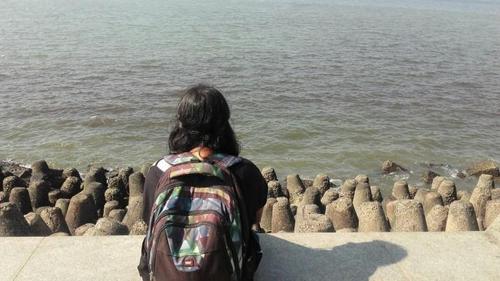
(Anisha Swain, CC BY-SA 4.0)
Gradually, I started learning server-side code, like Node.js, the Express framework, MongoDB, MySQL, and more. My seniors helped make my road to understanding the client-server interaction fairly easy.
We heard about a hackathon organized by Tata Consultancy Services. We applied for it with an idea to add gamification to cleaning public places. (This is probably still the most engrossing project I have worked on to date.) And we were selected! After about a month of preparation, I was going to Mumbai, which was my first trip outside my state, Odisha. Today, when people ask me about young girls being banned from such opportunities, I answer, "tell me about it." I was the only girl on this trip and, yes, it was a little scary. But when I look back, I realize if I hadn't taken that calculated risk at that time, I probably wouldn't have received opportunities to travel in the future.
In time, I started learning Python, and the area that interested me the most was image processing. I started doing small projects on the OpenCV computer vision and machine learning library and later collaborated on making a prototype of a self-driving car—just a small one with basic features.
My open source debut
Another turning point came when I learned about open source programs while participating in the Rails Girls Summer of Code (RGSoC) in 2017 with Manaswini Das. RGSoC is a global fellowship program for women and non-binary coders. Students receive three-month scholarships to work on existing open source projects and expand their skill sets.
I participated in a project named HospitalRun. It was an exciting—and honestly scary—experience for me. It was exciting because, for the first time, it felt like I was part of something meaningful, broader, and significant. A simple change I made would be visible to people all over the world. My name would be on the contributor list for a large community. It might sound like nothing, but at that time, it was like a wave of motivation. It was scary because the application was in Ember.js, and learning Ember.js so quickly is an experience that can't be described. I will be ever grateful to my mentors, Joel Worrall and Joel Glovier, for all the support they provided our group. Even though we didn't get selected for the program, this experience will always be a shining part of my story.
The best thing about working with technology is, it never felt like work. Neither then nor now. It was always like I was self-reflecting on a computer screen.
Disappointment, then winning
The Summer Research Fellowships Program (SRFP), offered by the Indian Academy of Sciences (IAS), is a summer immersion experience that supplements research activities during the academic year. I wanted to work under this renowned research fellowship, and in 2017, I anxiously looked for my name among the awardees. Alas! My name wasn't there. And I was upset. Despite having the slimmest of chances to receive a fellowship, I had reviewed the profiles of all the professors who were working in the field of signal and image processing, shortlisted around 30 of them, and gone through their research papers. As I had some experience with OpenCV and image processing, I was somehow expecting to be selected.
However, I moved on and applied for RGSoC. I devoted two months to the application, but, again, my team wasn't selected. The semester was edging to an end, and I had no internships in hand. I was disheartened and clueless about what would happen next. I started applying for local internships, and I was completely upset.
But I was not aware that the IAS fellowship's second selection list had not yet been announced. On May 2, I got a message from one of my seniors with a link to the IAS second selection result list. And voila! I found my name. Anisha Swain. I couldn't believe my eyes. The credentials matched mine! I was selected to work on image processing.
The confirmation email said I was going to work in Delhi. But there was a problem with where I could live. The accommodation list was only for the people who were selected for the fellowship on the first list. I had a dilemma. My parents strictly banned me from going without proper accommodation. But when there is a will, there is a way, and I found I could stay on the Delhi University campus. In two months at Delhi, while doing research, having fun, and traveling, I experienced everything I could. I traveled to all the metro cities, and Delhi is the most beautiful city I have ever been to.
When one door closes, another opens
In 2018, Google Summer of Code (GSoC) was just around the corner. GSoC is an annual international program where students are awarded stipends for completing a free and open source software coding project during the summer. Nothing was more prestigious to me at the time than getting into this program. Now I wonder why. I still see students going crazy over it, as if nothing else is left in life if they don't crack it. I was also upset at not being selected. Not once but twice. But as they say, "The journey is as important as the destination."
What matters more than getting selected is the learning you do during the process, as it will always stay with you. While applying to GSoC, I learned concept visualization with D3.js and Three.js.
Even though I couldn't crack GSoC, my learning helped me land another internship, in 2019, at Mytrah Energy in Hyderabad. It was my first industrial experience, and I learned to do data visualization on a large scale. I dealt with data in JSON and CSV formats and created interactive charts with SVG and Canvas. The experience also helped me deal with my fear of getting into corporate life. It was a brief look into the life I was aspiring for.
Walking into open source
Some of my friends selected for GSoC shared with me LinkedIn contact information for members of Red Hat's talent acquisition team. In 2018, I messaged them and sent my resume and personal description, but didn't receive a reply for more than a year.
But then I met them at the 2019 Grace Hopper Celebration India (GHCI) conference, Asia's largest gathering of women technologists. During the career fair, they asked for my resume, and, to my utter surprise, they remembered me from my LinkedIn messages a year before. Soon, I got an interview call. During my first interview, I lost my connection and the interview couldn't be completed, but they were kind enough to understand the situation and reschedule it. The next interview round took around three hours, and just a few hours later, I got a job offer by email. It is the best thing that has ever happened to me!

(Anisha Swain, CC BY-SA 4.0)
(Anisha Swain, CC BY-SA 4.0)
Today, I am an associate software engineer for Red Hat's Performance and Scale Engineering team. I work with React and design frameworks with Ant Design and PatternFly. I also deal with web technologies like Elasticsearch, GraphQL, and Postgres. I try to share my knowledge with others through conferences, meetups, and articles. None of this could have been possible without my "second family" from the Zairza Cetb club. This makes me realize the power of a community and the important role our surroundings play in our development.
Rules for success
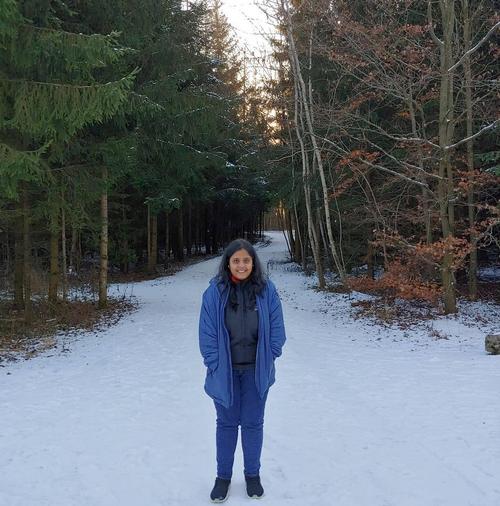
(Anisha Swain, CC BY-SA 4.0)
Through my journey, I have learned many things about getting where you want to be in life, including:
- Hard work is as important as smart work.
- Things will eventually be connected and fall into place if you have the desire to grow.
- Work for 100% if you want to achieve 80%.
- Stay hungry, stay foolish, and stay humble.
- Always give back knowledge to the community.

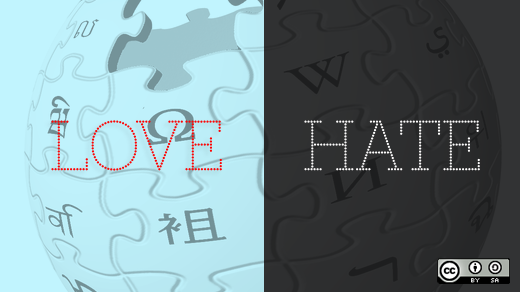
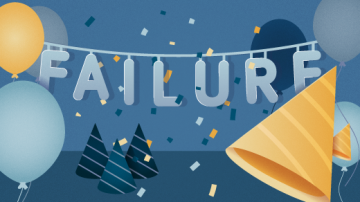
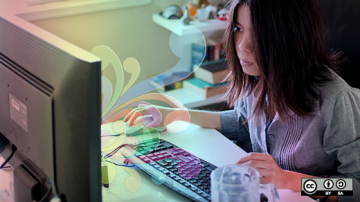
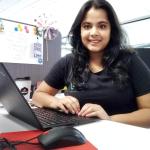
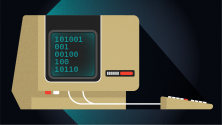

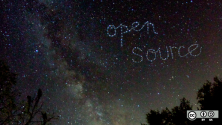

Comments are closed.